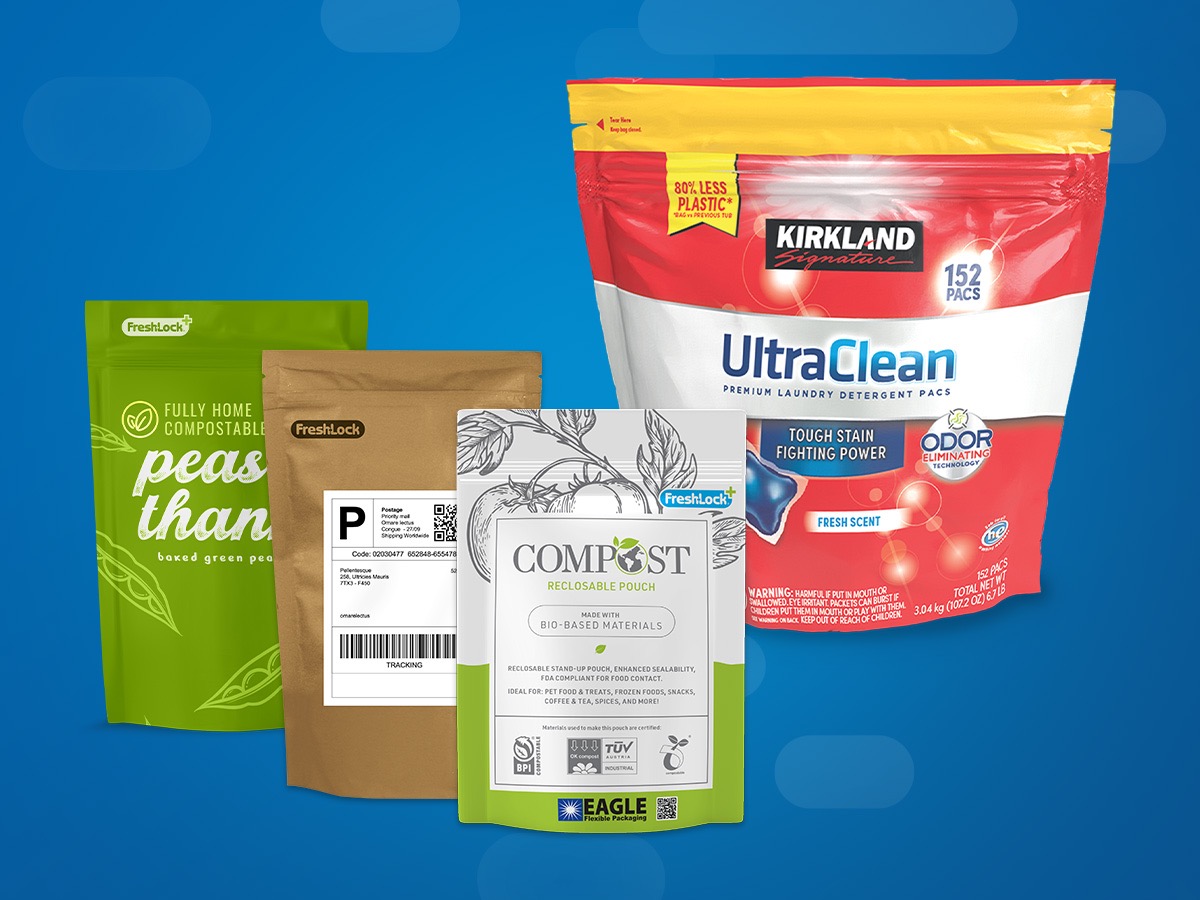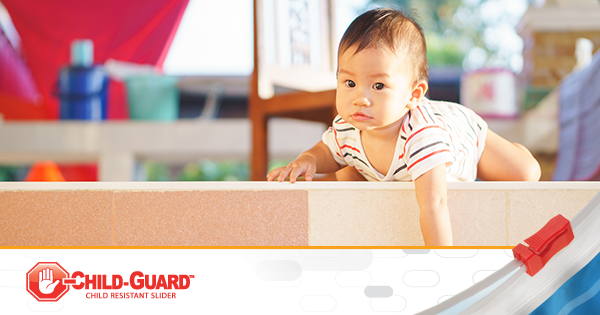
Safeguarding Your Home for Every Age and Stage
If you’re like most parents, you’ve gone to great measures to safeguard your home long before your little one began crawling. From cabinet latches to door stoppers, you may think your home is as child-friendly as it gets, but as your child grows, so does the list of household items and areas to guard. In fact, more than 3.4 million children experience an unintentional household injury each year.
Learn how to protect your home to keep your smallest family members safe at every age of childhood.
Infancy
Soon after your little one masters rolling, the art of crawling is sure to follow. This can be an exciting time for you and your baby, but it can also open the door to many household hazards. Simple crumbs, a fallen pen cap, or a piece of dog food can become a choking hazard for a baby if ingested. To avoid this, it’s best to keep a close eye on the floors of any room your child is in. Regular vacuuming and sweeping can help keep small objects off the floor and out of their hands.
Most babies begin to pull themselves up on furniture shortly after they start crawling. This is also when your child may begin to scale items such as counters or bookcases. To protect your baby from danger, keep sharp and potentially harmful items off kitchen tables, countertops, and low shelves.
As your child practices balance, he may reach for, or even tip items as he braces himself. Be sure all fixtures such as floor lamps, flower pots, and small tables wont collapse easily. Keep large, lightweight items out of your child’s reach.
This is also the time you should put safety locks on all cabinets and drawers that hold aerosol sprays, cleaning products, lotions, medications, and other potentially hazardous items. When in doubt, lock it out.
Toddlerhood
Watching your child take his first steps is a monumental time in any parent’s life, but it can also raise awareness to the many areas of the home that are unprotected. Standing and walking gives your toddler a new viewpoint, and furniture will quickly become a climbing tool for a curious youngster.
Every 30 minutes in the U.S., a child is injured as a result of fallen furniture. This risk can be easily eliminated by securing furniture straps to the wall to keep your toddler safe from heavy items like bookshelves and dressers.
You may also find peace of mind by installing locks on the windows in your home, particularly in your child’s room. This helps to prevent falls and other serious injuries, especially in the upper levels of homes.
Depending on the time of year, you may be tempted to open the windows in your home to cool off. Installing locks on the screens of your windows can reduce the chance of injury while still offering a warm summer breeze throughout your house. It’s important to note that while mesh window screens may help keep bugs out, they are not strong enough to prevent a child from falling through. Always keep an eye on your child when any window is open and keep sliding glass doors closed when your toddler is present.
As your toddler begins exploring your home, he may find great fun in opening and closing doors. This can lead to fingers getting pinched or crushed. To prevent hand and finger injuries from occurring, use doorstops or door holders on the hinges of doors. Check out our blog on how to create your own door muff here.
The kitchen can often double as a playground for an adventurous toddler. It’s also a danger zone if improperly safeguarded. In fact, each year, more than 67,000 children experience an accident in the kitchen. To prevent injury from occurring in your kitchen, install latches on drawers and cabinets that contain breakable dishes or sharp objects, such as forks, knives, or scissors. Stove knob covers and dishwasher latches can keep your child from gaining access to potentially dangerous appliances.
Nothing is more enticing to a toddler than a flight of stairs to climb and slide down. This also is the part of the home where the most injuries occur. Each year, more than 90,000 children under the age of 5 end up in emergency rooms as a result of stair injuries, with nearly 90% resulting in head injuries. Help protect your child by installing safety gates at the top and bottom of each stairwell in your home, especially if they are unpadded. When it comes to a determined toddler, stair guards may not be enough to keep a child out. Therefore, you should always supervise your child on all stairways and balconies, even if you have gates and guards in place.
Preschool Age
You may think that the days of child-proofing your home are gone as your child enters preschool, but think again. It’s at this age that children are becoming adventurous and testing the limits. The first step in child-proofing when your child is between the ages of 2 and 4 is to identify the potential risks around your home. While some areas and items in the home, such as the stairway and electrical outlets, may no longer pose a threat to your child’s safety, new rooms or objects may ignite her curiosity.
While your child’s judgment is improving at this age, she may not always make the safest of choices. One of the most effective ways parents and guardians can keep preschool-aged kids safe is to closely supervise their activities.
It is still wise to keep a safety latch on kitchen cabinets and drawers that hold cleaners, cosmetics, and personal items. It’s at this age that children frequently emulate their parents and guardians, and a curious preschooler may take interest in experimenting with bath products or makeup if given the opportunity.
While your child’s sense of danger is developing at this age, so is her curiosity. She may be more likely to test medications and ointments that she finds, which can result in accidental poisonings or burns to the skin. Make sure your child understands the difference between candy and medicine and keep all medications – both yours and your child’s – out of reach and sight.
Keep Your Kids Safe at Every Age with Child-Guard®
Protecting your home has never been easier, thanks to Child-Guard®, our child-resistant slider that helps keep potentially hazardous products out of the hands of small children. Child-Guard® was designed to keep household items away from young children and give parents additional reaction time if the packaging ends up in the wrong hands.
You can already find Child-Guard® on your favorite laundry products, and the innovative closure is making its way to other markets, including home and garden, cosmetics and personal care, and pharmaceuticals to help keep items out of the wrong hands and prevent accidental exposure in young children.
What kind of products would you like to see Child-Guard® on? Let us know on Twitter and Facebook using the hashtag #guardit.

 Back to Blog
Back to Blog


